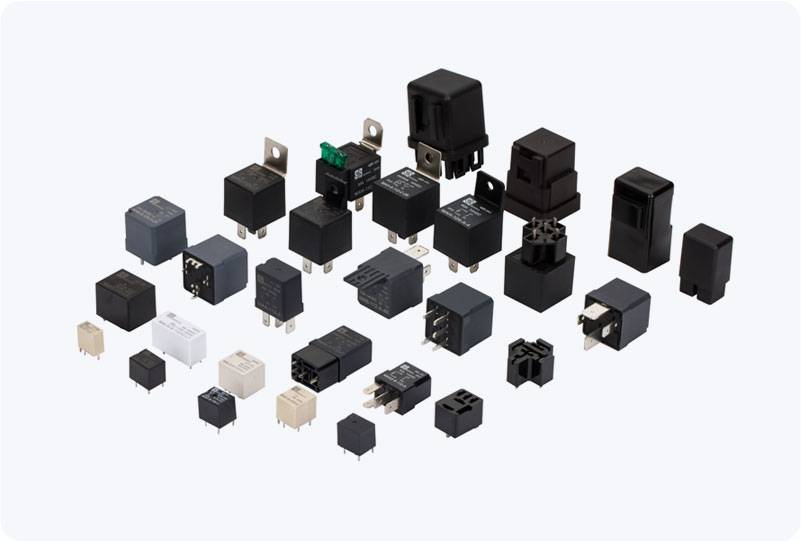The battery main positive relay plays a crucial role in the electrical systems of modern vehicles and machinery. This relay, often referred to as the “main positive relay,” is responsible for controlling the flow of electricity from the vehicle’s battery to the various electrical components and systems that require power. Without it, a vehicle’s electrical system would be incomplete and unreliable, making the relay an essential component for both vehicle manufacturers and owners. In this article, we will explore the functionality, importance, and maintenance of the battery main positive relay.

What is a Battery Main Positive Relay? A battery main positive relay is an electrical switch that allows or prevents current flow from the battery’s positive terminal to the rest of the vehicle’s electrical systems. It acts as a control point that enables the safe and efficient distribution of electrical power. When activated, it connects the battery to the electrical systems, and when deactivated, it isolates the battery from the rest of the vehicle’s electrical components. The battery main positive relay is typically located near the battery or integrated within the fuse box in many vehicles. It is typically a high-power relay designed to handle the large amount of current that modern electrical systems demand.